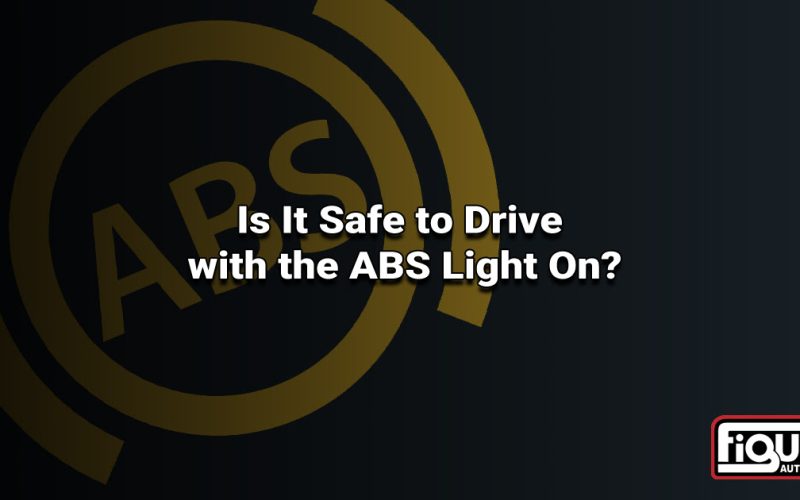By Figure Automotive – Huntsville, TX
If your car’s been running hot or you’ve been losing coolant without seeing a leak, you might be dealing with a blown head gasket. This is a common problem we see at the shop here in Huntsville, and catching it early can save you from much bigger engine trouble.
Here are some signs your head gasket might be toast and what you should do about it.
1. Engine Overheating (Again and Again)
Overheating once on a hot day might not mean much. But if your engine keeps heating up every time you drive, and you’re topping off coolant more than gas, it’s a red flag. A blown gasket lets exhaust gases or combustion heat into the cooling system, and that causes major heat problems.
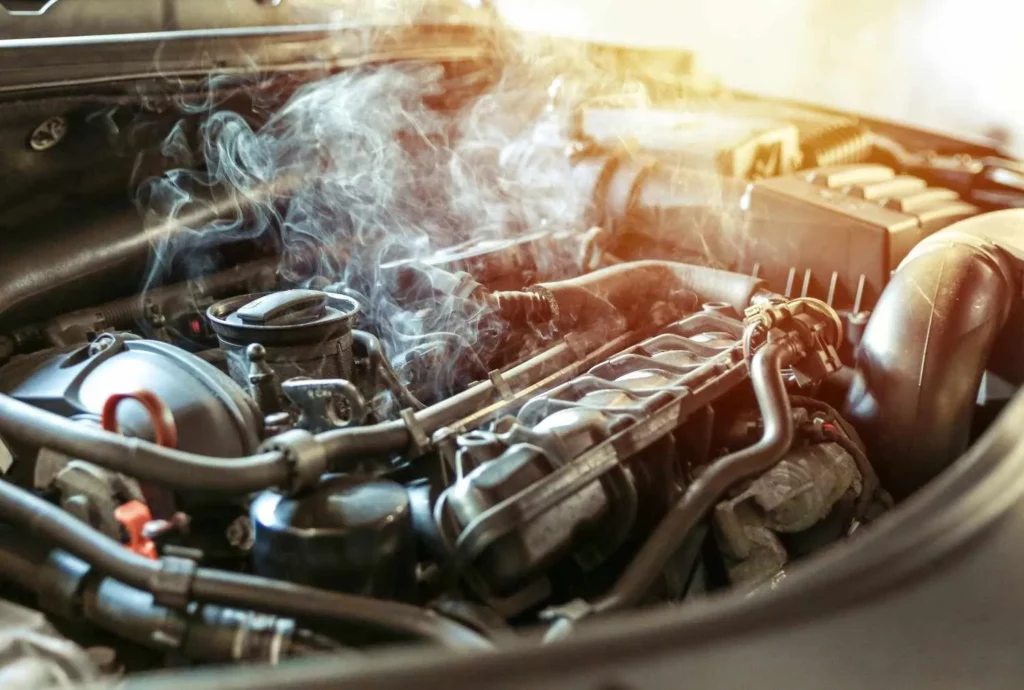
2. White Smoke Out the Tailpipe
Thick white smoke that doesn’t go away after a minute or two of warm-up usually means coolant is burning inside the engine. That shouldn’t happen. A gasket that’s gone bad can let coolant slip into one or more cylinders and once that happens, it’s only a matter of time before things get worse.
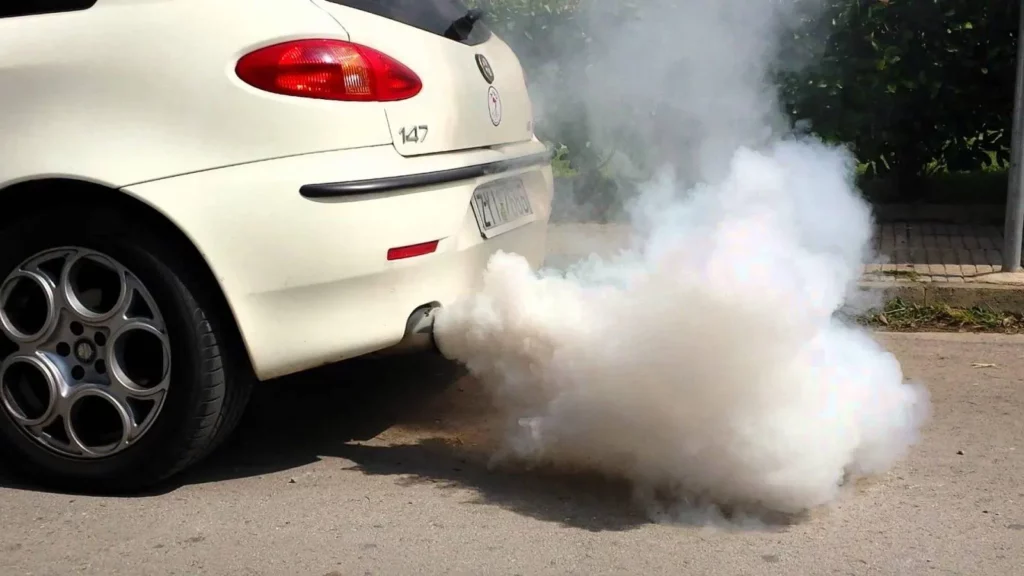
3. Milky Oil
Pop the hood and pull your oil dipstick. Does the oil look creamy or foamy? That’s water mixing with the oil. A gasket leak can cause this, and if it’s not fixed, it’ll ruin bearings and lead to engine failure.
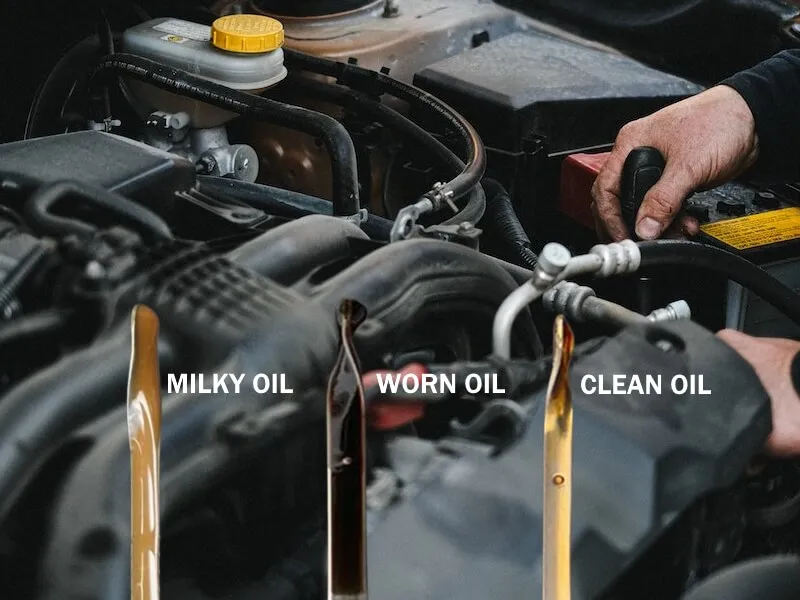
4. Bubbles in the Radiator or Overflow Tank
With the engine cold, remove the radiator cap and start the car. If you see bubbles right away — especially after giving it some gas you might have exhaust gases pushing into your cooling system. That’s another common sign of a blown gasket.
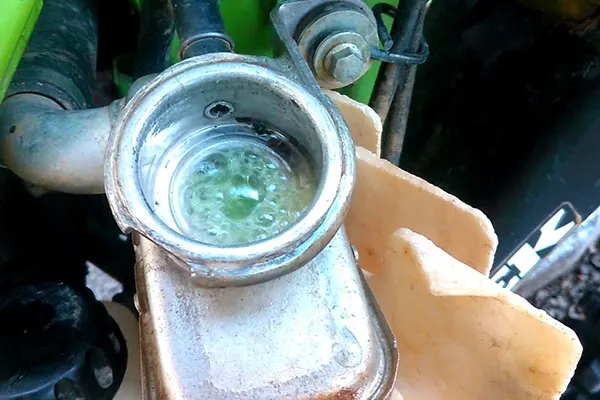
5. Poor Performance and Rough Idle
A gasket leak can throw off compression in one or more cylinders. That usually means a rough idle, low power, or even misfires. The car might hesitate, feel sluggish, or act like it’s going to stall at stoplights.
6. Check Engine Light
If the gasket issue has caused misfires or problems with engine temp sensors, you’ll probably get a check engine light. Bring it in and we’ll scan the codes often it’ll confirm what we’re already seeing under the hood.
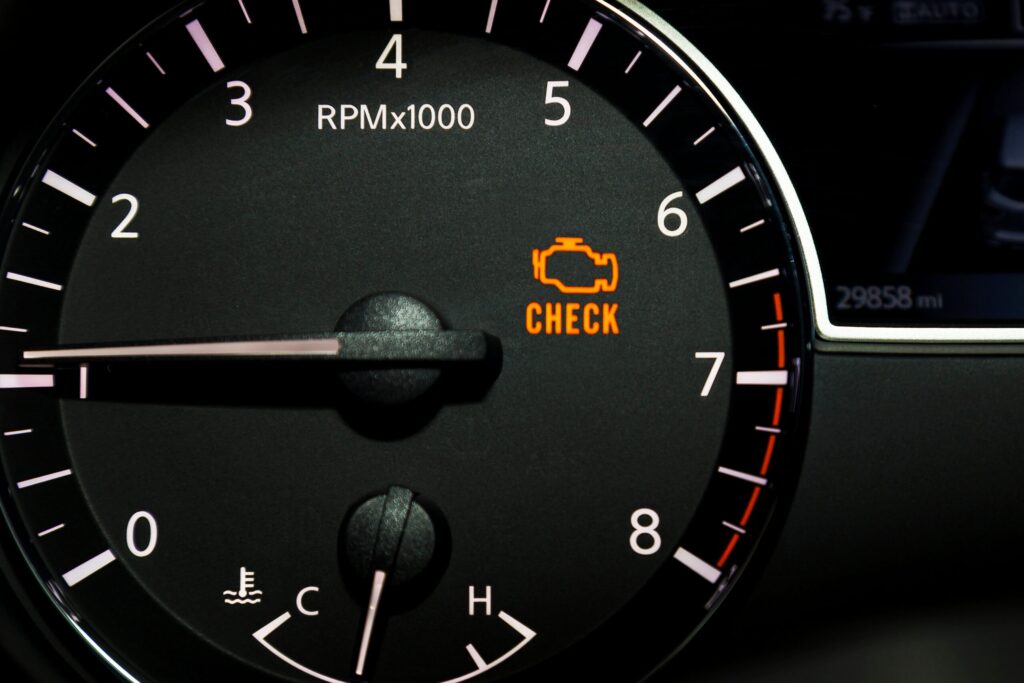
What to Do Next
If you notice any of these signs, don’t wait. Driving with a blown head gasket can cause severe engine damage. At Figure Automotive, we can run tests like compression checks, coolant system pressure tests, and even chemical tests to confirm whether your gasket’s the problem.
We’re located right here in Huntsville, TX, and we’ve been helping drivers stay on the road longer with honest diagnostics and reliable repairs. If your engine’s acting up, come see us or give us a call.
Need help now?
📍 Visit Us: 440 FM 2821 Rd W Suite B, Huntsville, TX 77320
📞 Call: (936) 439-4346
📧 Email: figureautoshop@gmail.com
🔧 Schedule Service Online: Contact Figure Automotive
Let us take a look. We’ll tell you what’s really going on — no pressure, no guesswork. Just real answers from your local Huntsville mechanic.


